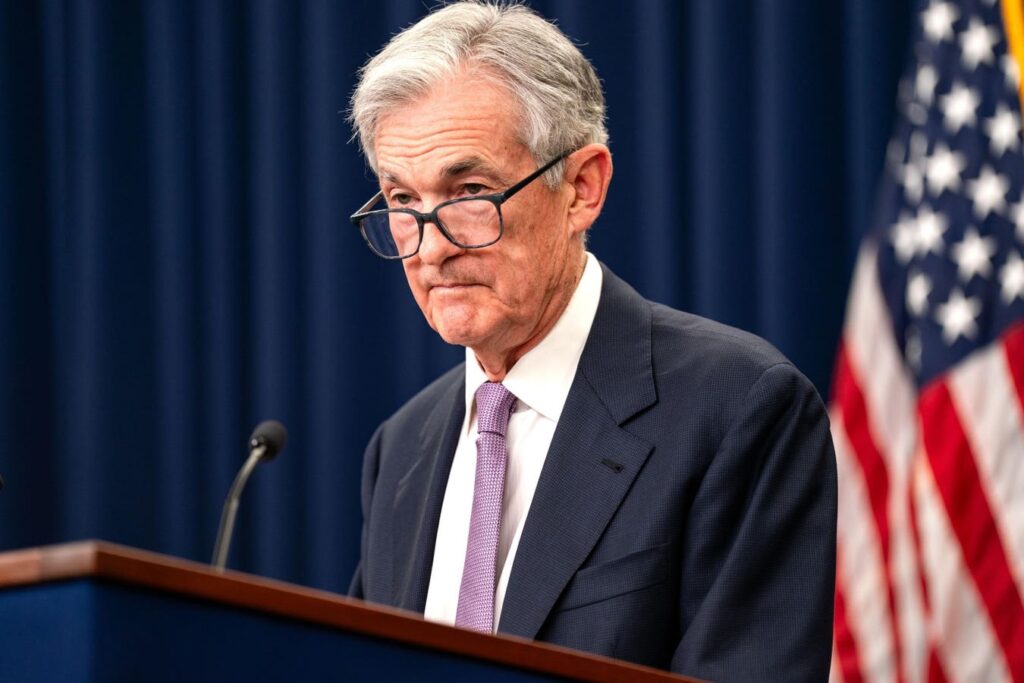In November 2024, during a news conference that followed the latest Federal Open Market Committee meeting, Federal Reserve Chairman Jerome Powell announced the second interest rate cut of the year, reducing the benchmark lending rate by a quarter percentage point. This decision was aimed at maintaining the stability of the U.S. economic expansion in light of concerns surrounding a weakening labor market. Despite this cut, potential homebuyers have observed that mortgage rates have not similarly decreased; rather, mortgage rates have continued to rise, leaving many consumers perplexed and concerned about their housing prospects.
The Federal Reserve’s previous increases in the federal funds rate throughout 2022 and 2023 have significantly influenced the rise of mortgage rates. For instance, where the average rate for a 30-year fixed-rate mortgage was around 3% at the end of 2021, it surged to 7.79% by late October 2023. The same trend was evident across various borrowing types, including credit cards and auto loans, which also reflected the Fed’s rate adjustments. As a result, despite the recent rate cuts, many consumers have witnessed a disconnect between the Federal Reserve’s actions and prevailing mortgage interest rates, leading to frustration and confusion.
Several factors beyond the federal funds rate contribute to the behavior of mortgage rates. Shawn DuBravac from the Avrio Institute explains that mortgage rates are heavily influenced by long-term bond yields, particularly the 10-year Treasury note, which itself is shaped by factors like investor sentiment, inflation expectations, and global interest rate differentials. Recently, rising 10-year Treasury yields due to investor concerns about monetary stimulus and fiscal policy excesses exerted upward pressure on mortgage rates. Additionally, the risk premium investors demand for holding mortgage-backed securities over U.S. Treasuries has expanded, further complicating the relationship between Federal rate cuts and mortgage rates.
Recent job reports and economic activity have also affected mortgage rates. The Bureau of Labor Statistics indicated that a robust job market, with 254,000 jobs created in September—a figure nearly double market expectations—shifted market expectations and consequently impacted mortgage rates. Economic indicators play a pivotal role in shaping perceptions of future monetary policy and can either mitigate or exacerbate existing rate trends. Experts suggest that for significant reductions in mortgage rates to materialize, conditions like negative economic data, decreased credit card delinquencies, and lower inflation would need to be present, signaling a softening of the economic landscape.
While some consumers ponder whether to wait for mortgage rates to drop before making home purchases or refinancing existing loans, experts encourage a nuanced approach. Although the prospect of lower rates may seem appealing, there is no guarantee that waiting will yield better deals. Historical data shows that mortgage rates have fluctuated widely over the decades, and even a slight dip in rates can result in substantial savings for borrowers. Furthermore, waiting for rates to drop could lead to increased competition among homebuyers, thus elevating home prices and potentially nullifying any prospective savings afforded by lower rates.
Ultimately, experts suggest that individuals should prioritize readiness and financial capability over speculating on mortgage rate movements. The prevailing sentiment is that it’s prudent to buy a home when one is prepared to do so, rather than waiting for a specific numerical threshold in interest rates. Refinancing options also remain valuable, allowing homeowners to capitalize on more favorable conditions should they arise in the future. Therefore, consumers should focus on their financial situation and market conditions when making decisions about home purchases or refinancing rather than solely on current rate trends.

